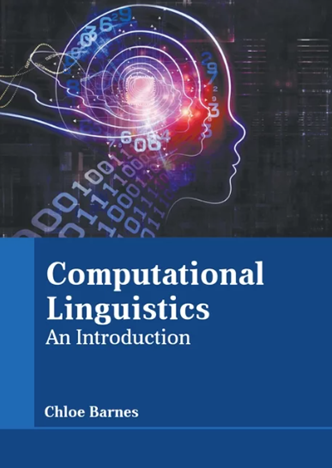类型学特征预测在NLP和语言学中的作用
IF 5.3
2区 计算机科学
引用次数: 1
摘要
近年来,计算类型学在自然语言处理(NLP)领域获得了广泛的关注,关于该主题的论文越来越多,关于该主题的特别兴趣小组(SIGTYP)的建立证明了这一点,包括组织成功的研讨会和共享任务。在这一子领域中,相当多的工作与类型学特征的预测有关,例如,对诸如世界语言结构地图集(WALS)或格兰班克数据库的预测。预测被认为是有用的,因为(1)它允许获得相对未记录的语言的特征值,减轻WALS的稀疏性,反过来被认为对NLP和语言学都有用;(2)它允许我们探测模型,看看这些类型学特征是否被封装在语言表征中。在这篇文章中,我们提出了一个关于类型学特征预测的关键立场,从NLP从业者的角度,也许更重要的是,从专门从事类型学和语言文档的语言学家的角度,调查这条研究路线在多大程度上符合据称的需求。我们提供的证据表明,这条研究线在其目前的状态遭受缺乏跨学科的一致性。基于对语言类型学社区的广泛调查,我们提出了未来研究的具体建议,以改善语言学家和NLP研究人员之间的这种一致性,超出了类型学特征预测的范围。本文章由计算机程序翻译,如有差异,请以英文原文为准。
The Role of Typological Feature Prediction in NLP and Linguistics
Computational typology has gained traction in the field of Natural Language Processing (NLP) in recent years, as evidenced by the increasing number of papers on the topic and the establishment of a Special Interest Group on the topic (SIGTYP), including the organization of successful workshops and shared tasks. A considerable amount of work in this sub-field is concerned with prediction of typological features, e.g., for databases such as the World Atlas of Language Structures (WALS) or Grambank. Prediction is argued to be useful either because (1) it allows for obtaining feature values for relatively undocumented languages, alleviating the sparseness in WALS, in turn argued to be useful for both NLP and linguistics; and (2) it allows us to probe models to see whether or not these typological features are encapsulated in, e.g., language representations. In this article, we present a critical stance concerning prediction of typological features, investigating to what extent this line of research is aligned with purported needs—both from the perspective of NLP practitioners, and perhaps more importantly, from the perspective of linguists specialized in typology and language documentation. We provide evidence that this line of research in its current state suffers from a lack of interdisciplinary alignment. Based on an extensive survey of the linguistic typology community, we present concrete recommendations for future research in order to improve this alignment between linguists and NLP researchers, beyond the scope of typological feature prediction.
求助全文
通过发布文献求助,成功后即可免费获取论文全文。
去求助
来源期刊

Computational Linguistics
Computer Science-Artificial Intelligence
自引率
0.00%
发文量
45
期刊介绍:
Computational Linguistics is the longest-running publication devoted exclusively to the computational and mathematical properties of language and the design and analysis of natural language processing systems. This highly regarded quarterly offers university and industry linguists, computational linguists, artificial intelligence and machine learning investigators, cognitive scientists, speech specialists, and philosophers the latest information about the computational aspects of all the facets of research on language.
 求助内容:
求助内容: 应助结果提醒方式:
应助结果提醒方式:


